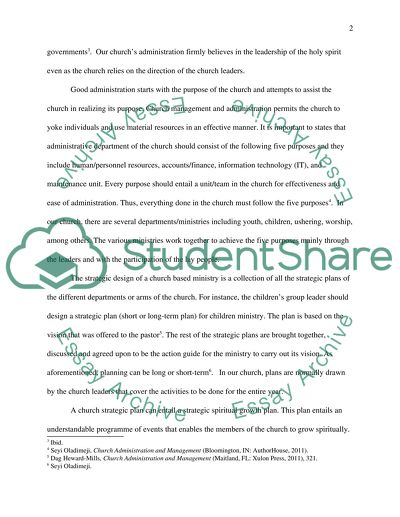Cite this document
(“Assessing The Current Administration In Your Church Research Paper”, n.d.)
Assessing The Current Administration In Your Church Research Paper. Retrieved from https://studentshare.org/religion-and-theology/1474685-assessing-the-current-administration-in-your
Assessing The Current Administration In Your Church Research Paper. Retrieved from https://studentshare.org/religion-and-theology/1474685-assessing-the-current-administration-in-your
(Assessing The Current Administration In Your Church Research Paper)
Assessing The Current Administration In Your Church Research Paper. https://studentshare.org/religion-and-theology/1474685-assessing-the-current-administration-in-your.
Assessing The Current Administration In Your Church Research Paper. https://studentshare.org/religion-and-theology/1474685-assessing-the-current-administration-in-your.
“Assessing The Current Administration In Your Church Research Paper”, n.d. https://studentshare.org/religion-and-theology/1474685-assessing-the-current-administration-in-your.


